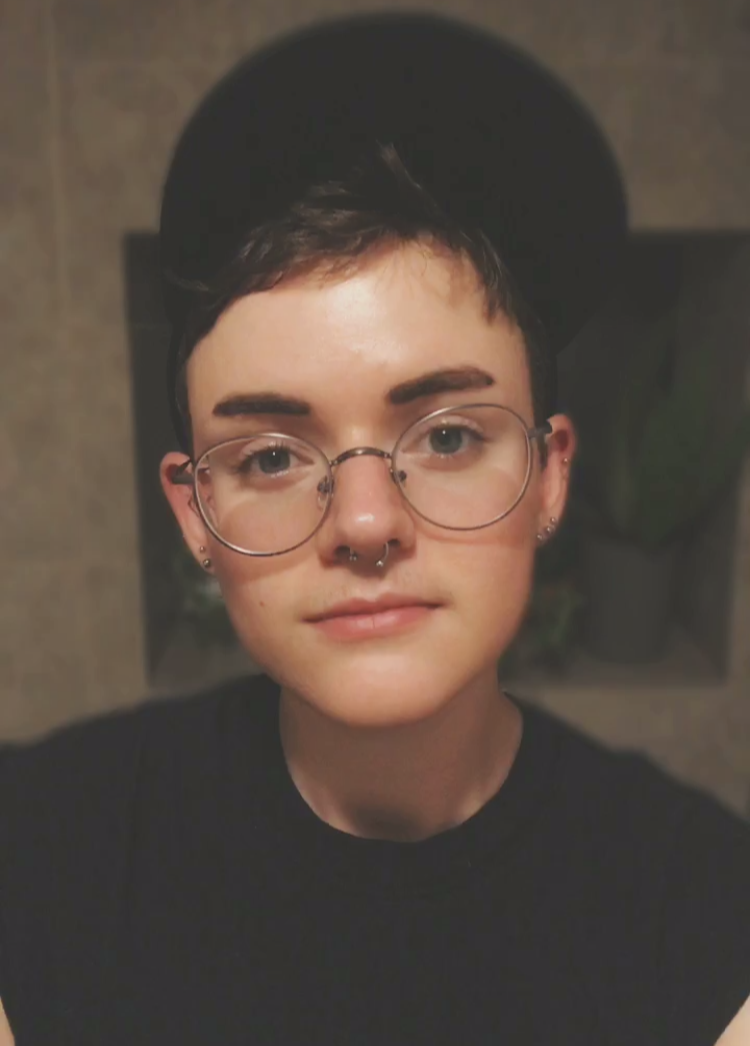
There’s a point in the evening, says Everest Pipkin, where artists start talking about residencies. What residency do you have coming up? What ones are you applying to? Oh, did you hear about this one? It might be a good fit for you…
Pipkin, who resides in Pittsburgh, goes a step further than most, however.
“Oh, I have this list,” the artist will say. “Let me send it to you.”
Over the years, Pipkin has compiled a spreadsheet called The Big Artist Opportunities List, compiling over 370 artist residencies and similar opportunities (“Mostly residencies, some grant funding & galleries,” the Google Doc promises at the top). They recently shared this trove of info publicly online, where it quickly made the rounds of creative circles around the world.
“Most artists have this type of little running list,” they say to Artnet News on a phone call. “That reciprocity of, ‘Here’s my list of opportunities,’ and them saying, ‘Oh, here’s my list’ was really nice. And over time, my list grew. Sharing it with people is rewarding and rare in a field where everything is by definition and default a competition.”
Pipkin says that their move to share the Opportunities List worldwide was a result of their current position as a visiting professor at Carnegie Mellon School of Art. Having students, they say, is a great reminder of how useful such generosity can be.
“I’ve been thinking a lot about community and community health, and how you can contribute to other people’s lives when your skillset is in the arts,” they say. “There are some people whose practices directly align with public service, but for an artist like me whose work doesn’t as easily fit that, what do I have that can directly affect the lives of others? Those resources can create a massive improvement in the lives of artists.”
Evidently, artists agree: the list has been retweeted more than 3,300 times since Pipkin posted it on November 23rd, and it has been shared far and wide on other social-media platforms. This surge in popularity actually came as a bit of a surprise to Pipkin, who had scrawled pithy, casual notes about each residency (“no internet! no cell! new york, near albany,” they write about the Blue Mountain Center’s residency, and “i mean, its redbulllll,, but also 3 months and 12k in funding. detroit,” about Red Bull Arts Detroit residency). Pipkin had even put notes, since deleted, itemizing which residencies they’d personally applied for, gotten into, and gotten rejected from.
“I wasn’t really anticipating the attention it’s gotten,” they say. “It wasn’t in a format that I thought, ‘Thousands of people will find this useful.’ It had embarrassing personal notes. I had been rejected this many times. If I had known it would immediately become a resource, I would have spent a little longer on it.”
Mushy, 2019, an example of Everest Pipkin’s data-driven art practice.
For now, they’re working on adding locations and formatting the list so that it’s more formal. Such data-formalism comes naturally to Pipkin, who writes on their website that their practice involves producing “intimate work with large data sets. Through the use of online archives, big data repositories, and other resources for digital information, they aim to reclaim the corporate internet as a space that can be gentle, ecological, and personal.”
As an avid residency applicant, Pipkin has plenty of tips to offer to novices.
The first bit of advice is practical. “I find residencies can be extremely productive, but I wouldn’t do a bunch of them while paying for another apartment at the same time,” Pipkin says. “That financial obligation can be stressful. If you’re in a position where you have to keep your house, find a short-term residency–think of it as a vacation and not a full-time lifestyle.”
Pipkin also has some helpful hints about how to keep your applications fresh and relevant, even when you may be submitting to so many programs that it’s difficult to keep them all straight.
“I applied to 110 last year, which is one every three days,” they say. “When you’re applying at that type of capacity, it’s important to have reusable material: your bio in the short and long-form, your CV at the two-page limit and a longer version, and your statement. But there’s one aspect I don’t think you should recycle, and that’s what you actually want to do in the place…. Thinking about why you fit in that place, and what you want to do there, and why you want to be there is important and that gets through to the people who review this stuff. It’s useful for them to see that you actually care.”